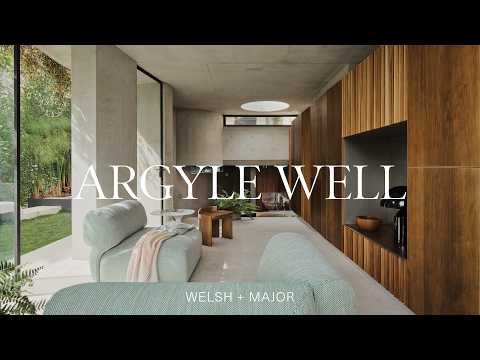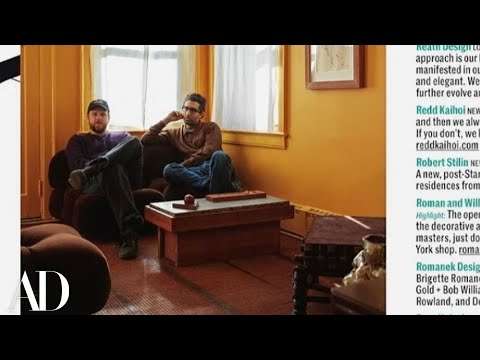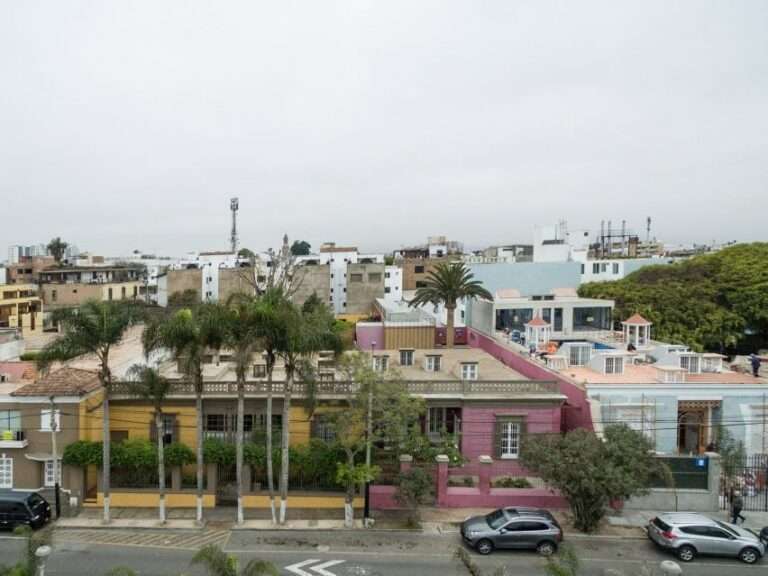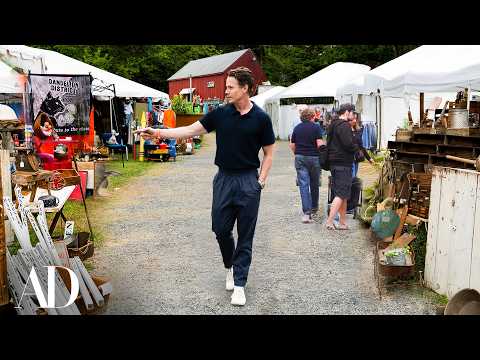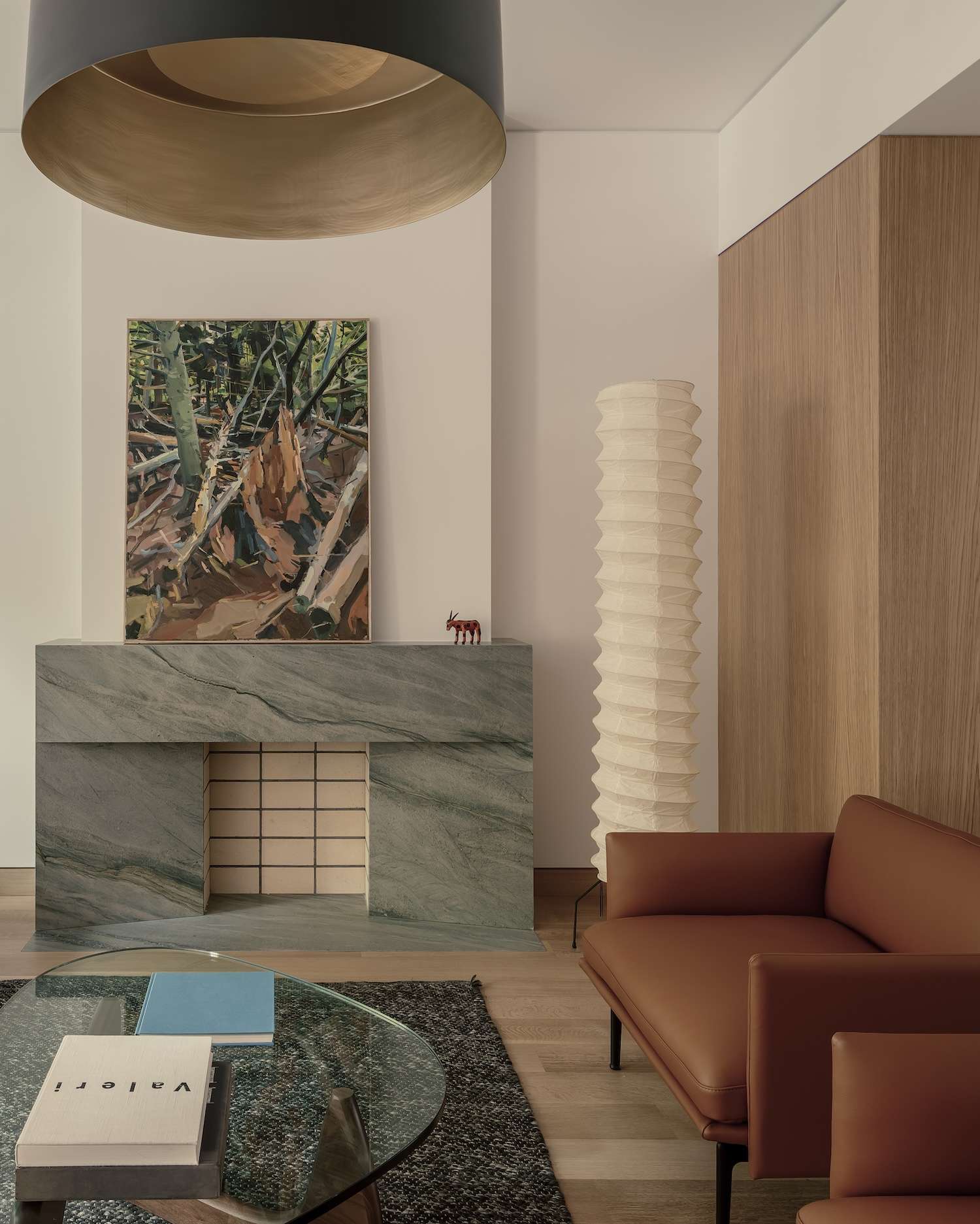
Void House is a minimal residence located in New York, New York, designed by Light + Air. In a narrow Brooklyn townhouse, a revolutionary idea takes shape not through what is added, but through what is carved away. The Void House derives its power from absence – a central negative space that transforms the traditional townhouse typology through a masterful manipulation of light and circulation. The project’s defining gesture emerges from a deceptively simple move: rotating the typical linear stair 90 degrees to create a switchback configuration. But this technical solution transcends mere spatial efficiency. Like Gordon Matta-Clark’s building cuts of the 1970s, this architectural void becomes an active presence, a sculptural volume defined by light filtering down through canted skylights and dancing across open risers.
Bruno Zevi’s observation that architecture exists in the space between walls rather than the walls themselves finds literal expression here. The central void doesn’t just organize circulation – it becomes the project’s spiritual center, a light-filled atrium that connects discrete spaces both vertically and horizontally. The stair, crafted from steel and white oak, reads less as a functional element and more as a piece of site-specific sculpture, its materiality carefully calibrated to enhance rather than interrupt the play of natural light. The attention to craft detail reveals itself in the stair’s construction – open risers and transparent guardrails that prioritize porosity, allowing light to penetrate deeper into the narrow floor plate. This technical refinement serves the larger conceptual agenda: the dissolution of boundaries between spaces. Like the work of Carlo Scarpa, each detail reinforces the overall architectural intent while maintaining its own precise material integrity.
What makes this intervention particularly relevant to contemporary practice is how it reimagines the possibilities of urban infill housing. By treating light as a material in itself, the architects have transformed the constraints of a 15-foot width into an opportunity for spatial innovation. The void becomes a light collector, a vertical garden, and a social connector – addressing multiple programmatic needs through a single architectural move. The project points toward a future where urban density doesn’t have to mean darkness or disconnection. Instead, it suggests how thoughtful intervention in existing housing stock can create new models for urban living, where light and space are distributed democratically throughout the home. In this way, the Void House transcends its modest scale to engage with larger questions about how we might reimagine our existing cities from within.
